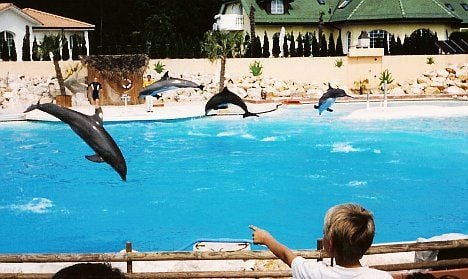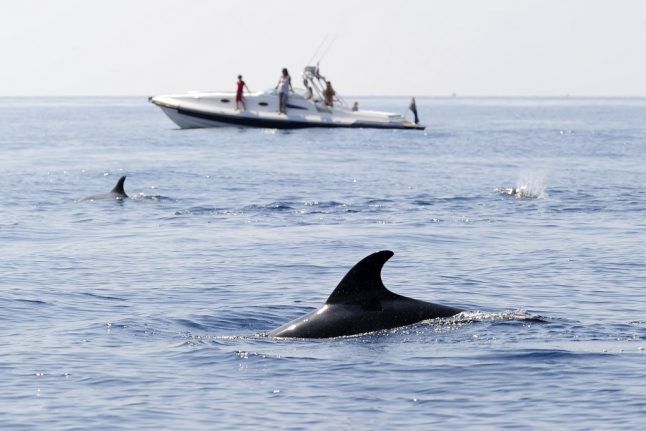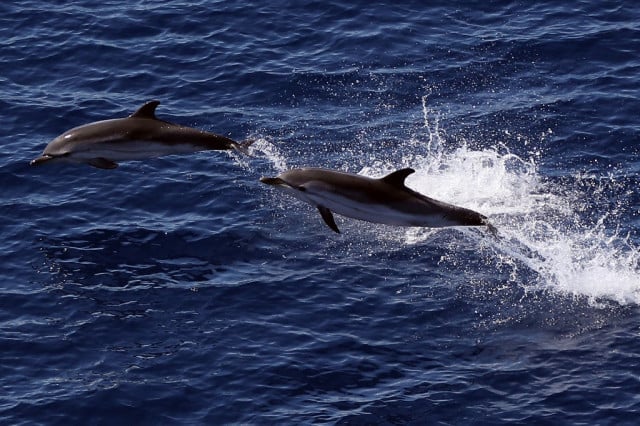Connyland chief Erich Brandenberger told Swiss media the park has seen the veterinary report that formed the basis of the poisoning claims laid out in the Sunday edition of the NZZ newspaper.
A toxicology report leaked over the weekend suggests that the two dolphins, Shadow and Chelmers, did not die as a result of the antibiotics administered by their vets as has previously been alleged.
Tests showed that a substance called Buprenorphin, which is used a heroin substitute, was found in the urine of the two dolphins that died at the park last November, online news site 20 Minuten reported.
“Opiates are extremely dangerous for underwater mammals and would never be used in any legitimate treatment,” dolphin expert Cornelis van Elk, told the Daily Mail news online.
This has reawakened earlier theories about the cetacean deaths, which pointed to the fact that a big rave party had taken place close to the site where the dolphins were kept.
It was at first thought that one of the party-goers had fed drugs to the animals, but this idea was dismissed and the vets were blamed instead, the Daily Mail reported.
Dolphins are conscious breathers, which means that they have to decide when to come to the surface to breath. Even when sleeping, part of a dolphin’s brain is dedicated to serving this basic requirement. Opiates may well interfere with these systems, with fatal consequences, van Elk said.
Prior to the event, animal activists warned of the potential consequences of holding the big party so close to the animal park, but their protests went unheard.
Now the Swiss zoo association has decided to support Connyland against a threatened action to ban dolphins.
In a recent letter to politicians, the association argued that if activists have their way and succeed in removing dolphins from the park, the chances are high that they would soon lobby for other exotic animals to be removed too.
The Green Liberals have criticised the zoo association’s support of Connyland, describing the conditions that the dolphins are kept in as “deplorable”.
Prosecutors are continuing to investigate the case.




 Please whitelist us to continue reading.
Please whitelist us to continue reading.
Member comments